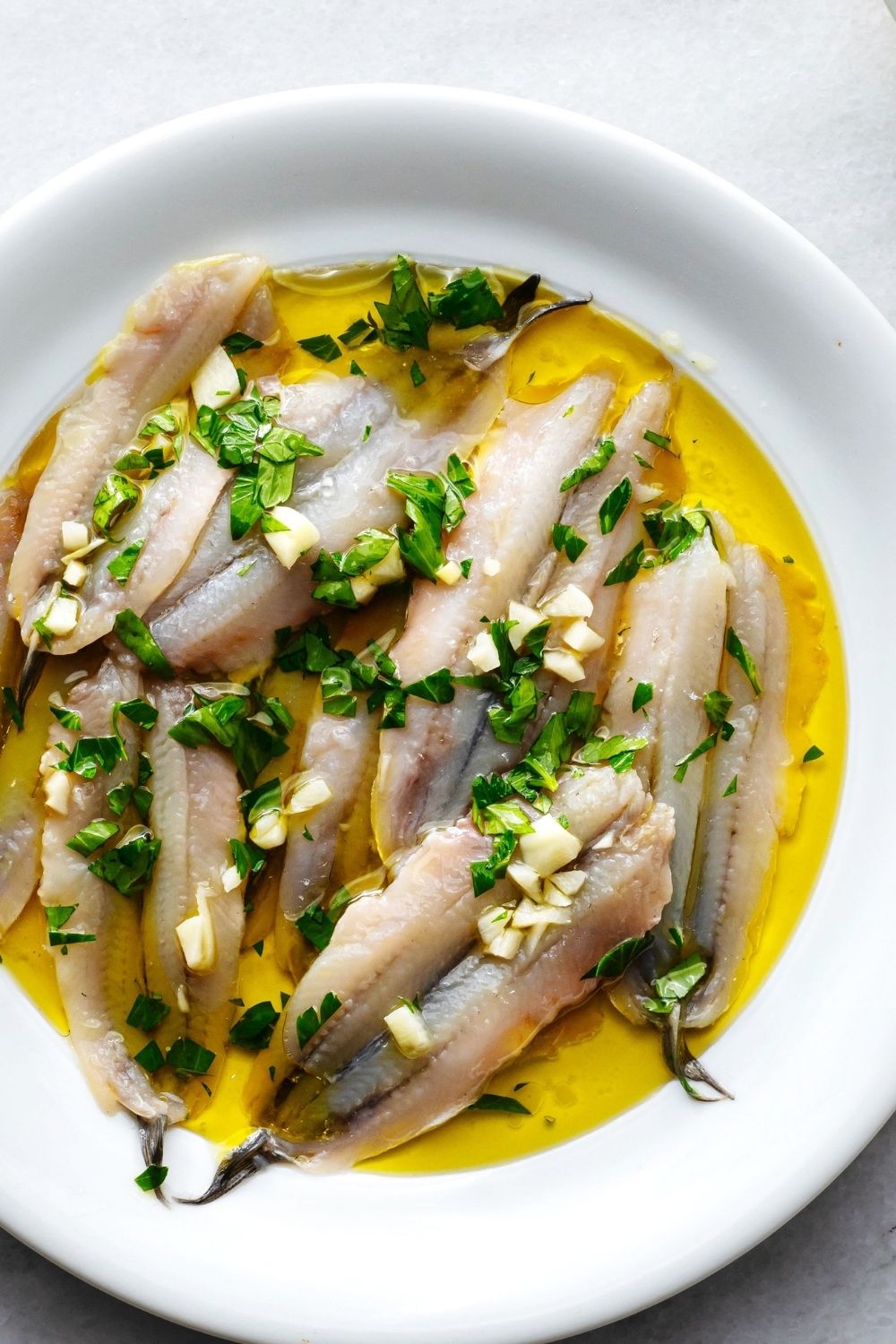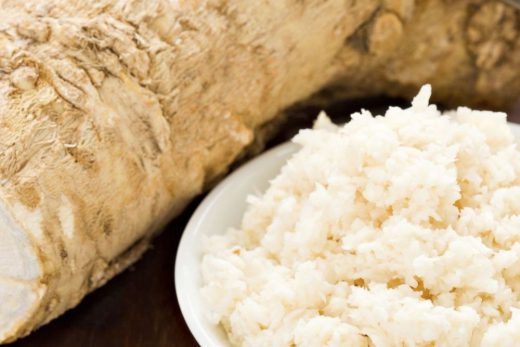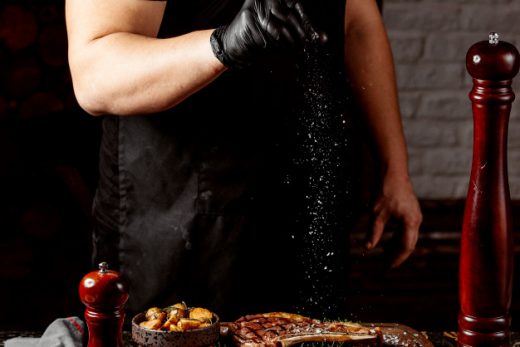Cachaça Defined
Cachaça is defined in Brazilian law as a beverage with an alcohol content of 38-54% by volume, made from the distillation of fermented sugarcane juice. Distillers may add sugar to the product, at a rate of up to 6 grams per liter. Beverages containing more than 6 grams of sugar per liter must be labeled “sweet cachaça.”
To be sold as aged cachaça, a beverage must, by law, consist of at least 50% of distillate that’s at least 1 year old. (So in other words, an “aged cachaça” might consist in part of unaged cachaça. Caveat emptor, as they say.) Caramel color may be added to adjust the hue.
Last week, while describing rhum agricole, I noted that freshly pressed sugarcane juice is volatile, and therefore it needs to be fermented both quickly and close to its source of origin. The same is true in making cachaça, and as with rhum agricole, the location of a field of sugarcane can affect the flavors of a finished cachaça.





